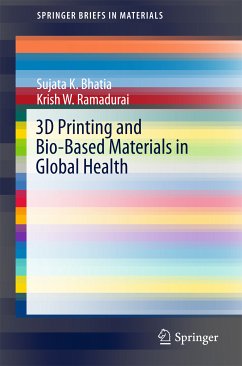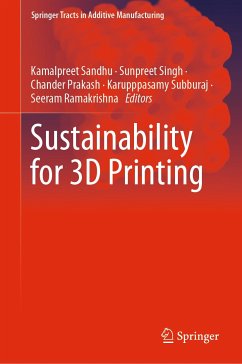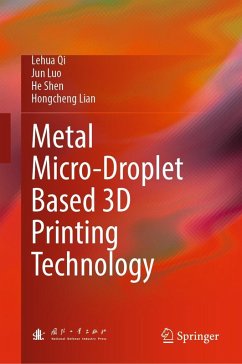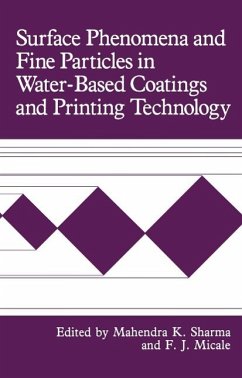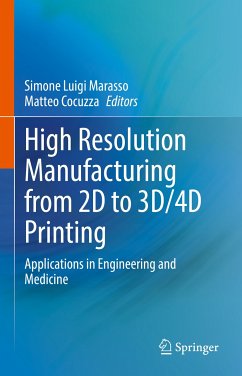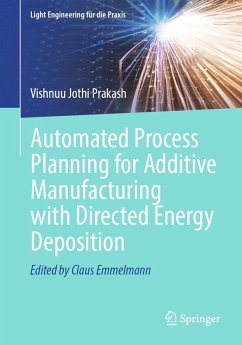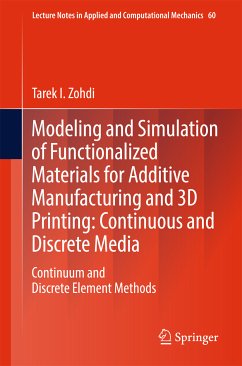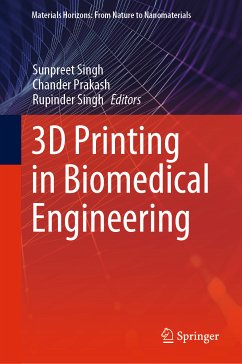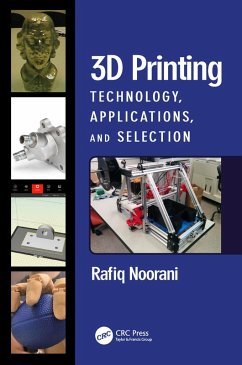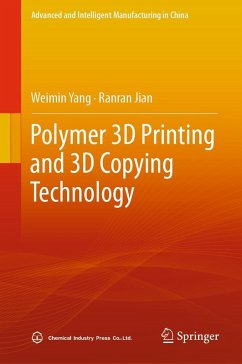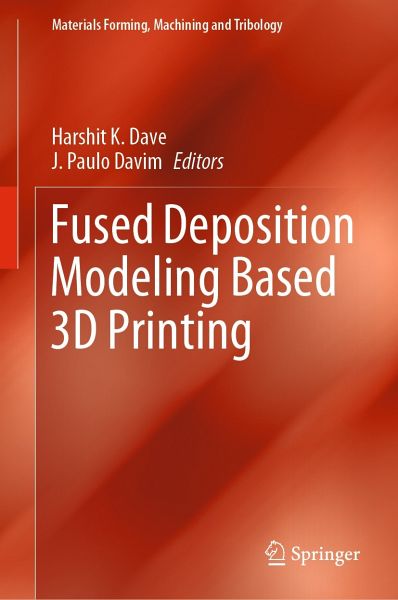
Fused Deposition Modeling Based 3D Printing (eBook, PDF)

PAYBACK Punkte
80 °P sammeln!
This book covers 3D printing activities by fused deposition modeling process. The two introductory chapters discuss the principle, types of machines and raw materials, process parameters, defects, design variations and simulation methods. Six chapters are devoted to experimental work related to process improvement, mechanical testing and characterization of the process, followed by three chapters on post-processing of 3D printed components and two chapters addressing sustainability concerns. Seven chapters discuss various applications including composites, external medical devices, drug deliv...
Dieser Download kann aus rechtlichen Gründen nur mit Rechnungsadresse in A, B, BG, CY, CZ, D, DK, EW, E, FIN, F, GR, HR, H, IRL, I, LT, L, LR, M, NL, PL, P, R, S, SLO, SK ausgeliefert werden.



